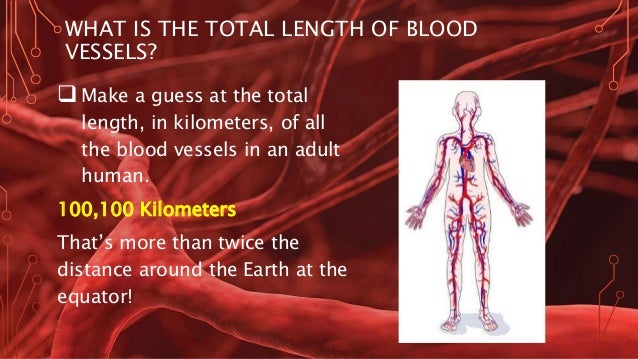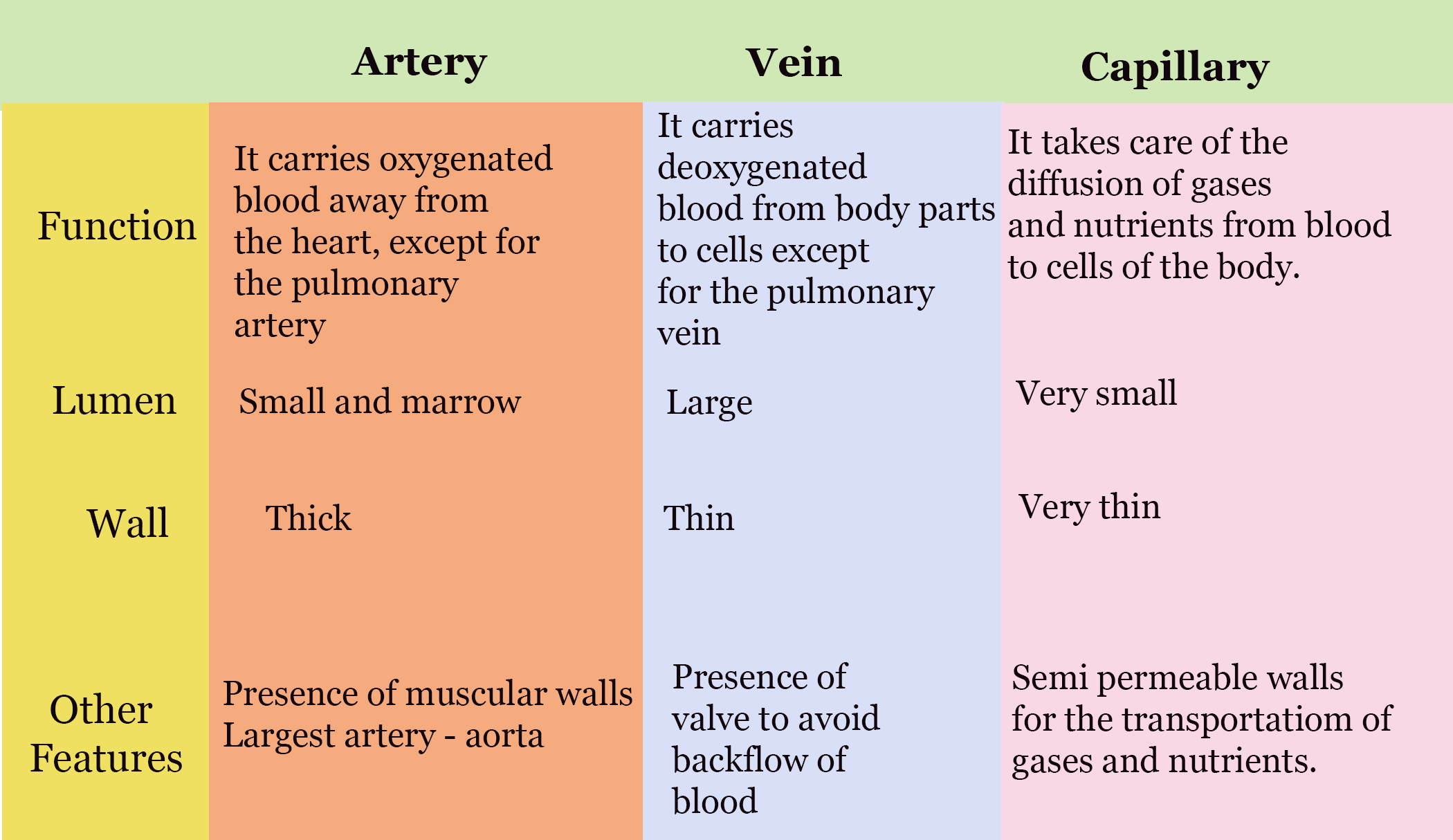What Are The Major Blood Vessels In The Body | Red blood cells start as immature cells in the bone marrow and after approximately seven days of maturation are released into the bloodstream. Blood vessels are intricate networks of hollow tubes that transport blood throughout the entire body. There are three major types of blood vessels: This is because a special part of the nervous system. Blood vessels form a network throughout the body to transport blood to all the body cells.
The capillaries connect the two types of blood vessel, and molecules are exchanged between the blood and the cells across their walls. Learn more from cleveland clinic about the major blood vessels with illustrations of upper and lower body circulation. These are your blood vessels. Blood vessels form the living system of tubes that carry blood both to and from the heart. There are three major types of blood vessels:

Veins are vessels that return blood to the heart. The left ventricle of the heart pumps oxygenated blood into the aorta. Blood vessels are key components of the systemic and pulmonary circulatory systems that distribute blood throughout the body. Learn how substances enter, exit and transported around the body for ocr 21st century with bbc bitesize. Blood vessels are long thin tubes that run all through the body. Where is your heart and what does it look two major coronary arteries branch off from the aorta near the point where the aorta and the left ventricle meet: All this blood is pumped to the body is brought back through veins. Deep veins, located in the center of the leg near the leg bones, are enclosed by muscle. All cells in the body need oxygen and the vital nutrients found even before physical activity begins, your heart may speed up in anticipation of what is to come. If a blood vessel breaks, tears, or is cut, blood leaks out, causing bleeding. The arteries, which carry the blood away from the heart; Unlike many other cells, red blood cells have no nucleus and can easily change shape, helping them fit through the various blood vessels in your body. Figures 1 and 2 show the major arteries and veins of the body.
It is returned to the heart in the veins. Carry blood from body to the heart. Most of this pressure results from the heart pumping blood through the circulatory system. This is because a special part of the nervous system. Blood pressure (bp) is the pressure of circulating blood against the walls of blood vessels.

The carotid system of arteries and the jugular system of veins. It circulates blood throughout the body. The iliac, femoral, popliteal and tibial (calf) veins are the deep veins in the legs. All this blood is pumped to the body is brought back through veins. When these valves leak, the backflow of. The blood vessels are the part of the circulatory system that transports blood throughout the body. Blood vessels form the living system of tubes that carry blood both to and from the heart. All three are shown in the figure below and described below. From here, it is pumped into the systemic circulatory system through a larger, elastic artery. Red blood cells start as immature cells in the bone marrow and after approximately seven days of maturation are released into the bloodstream. From there, blood passes through major arteries, which branch into muscular arteries and then. Your heart is the pump that makes it all possible. Large vein that collects deoxygenated blood from the abdomen and lower body and returns it to the right atrium of the heart.
When the heart contracts, blood is pumped into arteries exposure to tobacco smoke causes immediate damage not only to the lungs, but also to blood vessels throughout the body. Arteries that carry blood away from the heart, branching into smaller arterioles throughout the body and eventually forming the. An extraordinary degree of branching of blood vessels exists within the human body, which ensures that nearly every cell in the body lies within a short distance from at least one of. Some are larger than others. Blood vessels form the living system of tubes that carry blood both to and from the heart.

Receives oxygenated blood, at pressure, directly from the left ventricle and transports it to the body. Blood travels through pulmonary and systemic circuits, the pulmonary circuit being the path between the heart and lungs and the rest of the body the. Learn more about the anatomy and types of blood vessels and the diseases that affect them. Veins are vessels that return blood to the heart. The carotid system of arteries and the jugular system of veins. These vessels transport blood cells, nutrients, and oxygen to the tissues of the body. Blood vessels are key components of the systemic and pulmonary circulatory systems that distribute blood throughout the body. The major (or great) blood vessels of the heart are the larger arteres and veins that attach to the atria and ventricles and transport blood to and from the blood passes from the left atrium into the left ventricle. The left ventricle of the heart pumps oxygenated blood into the aorta. The largest blood vessel in the human body is the aorta, which is located to the left of the heart. When the heart contracts, blood is pumped into arteries exposure to tobacco smoke causes immediate damage not only to the lungs, but also to blood vessels throughout the body. Blood vessel, a vessel in the human or animal body in which blood circulates. The blood vessels are the components of the circulatory system that transport blood throughout the human body.
What Are The Major Blood Vessels In The Body: Learn how substances enter, exit and transported around the body for ocr 21st century with bbc bitesize.
comment 0 Post a Comment
more_vert